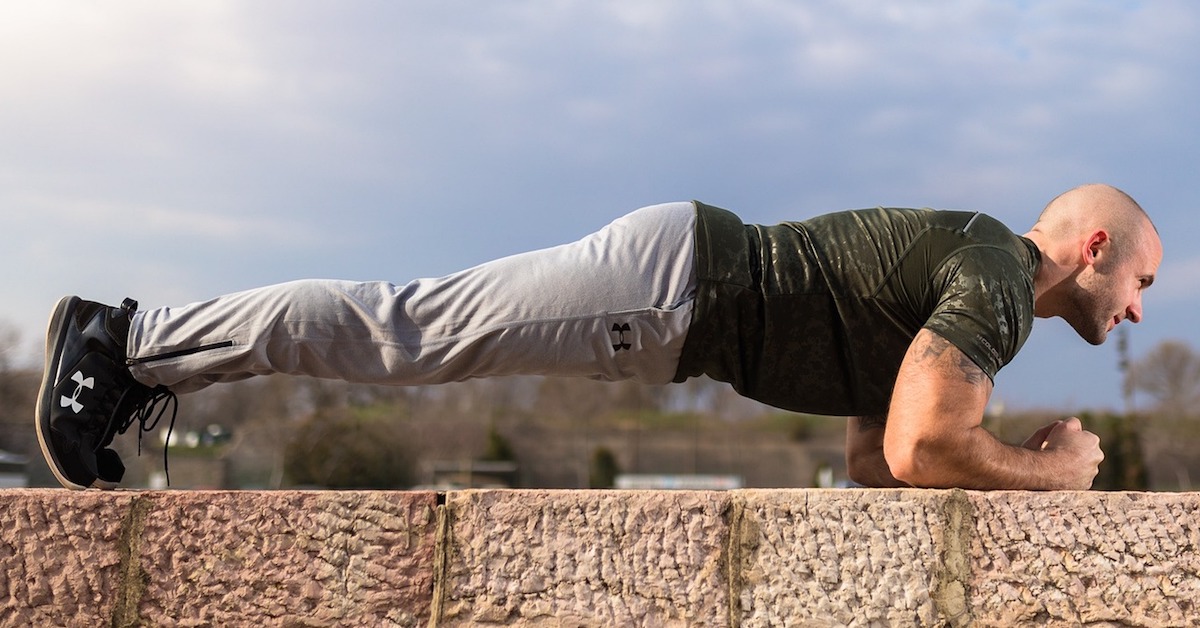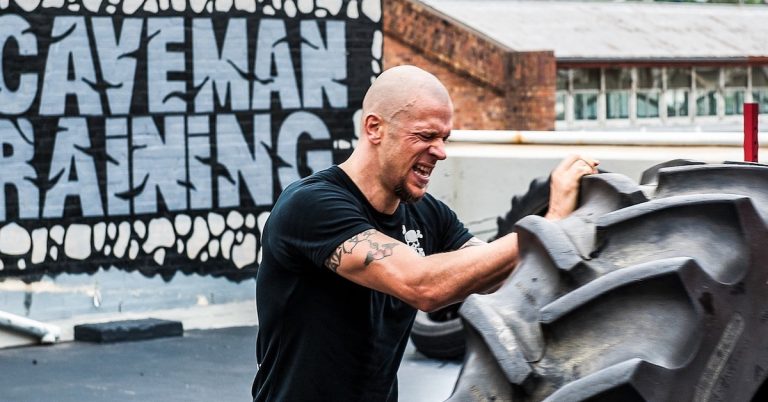Maybe it’s just me, but it seems like tendon ruptures are happening more frequently these days. In the iron world, there’s not a week that goes by without someone tearing their pec, biceps, quad, or even their Achilles tendon. Of course, in athletics it’s bound to happen, but it seems like the average Joe is just as susceptible. You hear stories like “I went to lift my child… I took a wrong step… I was moving furniture… and all of a sudden I heard a pop!” I’m sure there’s someone you know that’s experienced a tendon injury recently. It’s quite common.
Why is this the case though?
Is it due to declining hormones? The average male today has about 30% less testosterone than the average male of the same age a generation ago.
Is it due to our food? Chemicals, genetically modified organisms, and extreme processing can significantly impact the quality of food. The more we get away from natural foods, the more our health and tendons suffer.
Is it due to harmful electromagnetic fields (EMFs)? Cell phones and WiFi are great conveniences but let’s face it, we’re all Guinea pigs right now. The increasing rate of heart disease, cancer, diabetes, and Alzheimer’s may very well be a consequence of these EMFs, and I wouldn’t be surprised if tendon injuries make the list as well.
Is technology to blame? You would think that a greater number of injuries would exist during the days when there was more manual labour and fewer machines, but I’m not sure that’s the case. Perhaps we’re just reporting more of these injuries today and word gets around quicker due to the internet? In my opinion, technology may be helping with treatment but not necessarily with prevention of tendon ruptures.
Is an aging population to blame? It’s true that tendons accumulate damage over time and as a result, have a greater amount of fragmented material within them (see Why tendons break down with age for more information), but it’s not just the baby boomers that are getting these injuries. I know someone in his twenties that just tore both quad tendons. It happened as he was jumping onto a trampoline, not off it.
Of course, we can’t overlook the role that steroids play in this discussion. As I’ve mentioned in my Heal Like Wolverine article series, steroids can significantly increase the size and strength of muscles, but often connective tissue just cannot keep up and tendon ruptures occur at a greater rate. Although certain steroids can boost collagen synthesis and reduce the chance of injury, most do not and steroids are being abused far more today than at any time in history.
Let’s hear your thoughts. Do you agree that tendon ruptures are happening at a greater rate today? If so, why do you think that’s the case? You can post your comments on our Facebook page.

Injury Prevention Strategies for Aging Athletes
Discover unique and novel strategies that aging athletes can use to prevent injuries in this 60-minute webinar. An ounce of prevention is worth a pound of cure! Consider this webinar as a small investment in time that may prevent a career-ending injury. A must-see for any athlete over the age of 27.

The McGill Warm-Up for an Armour-Plated Core
After decades of pain-free living, I was blindsided by lower back issues late last year. Everyday activities became a challenge,

Ankle Sprain SOS: Experience Swift Healing Through Active Recovery
My client Elise hobbled into the studio last Wednesday. She had just rolled her ankle and was in a lot

Don’t Do Tire Flips
Performing a mixed-grip deadlift can make you susceptible to a biceps injury on the supinated side. Trying to deadlift a
follow
Error: No feed with the ID 2 found.
Please go to the Instagram Feed settings page to create a feed.
